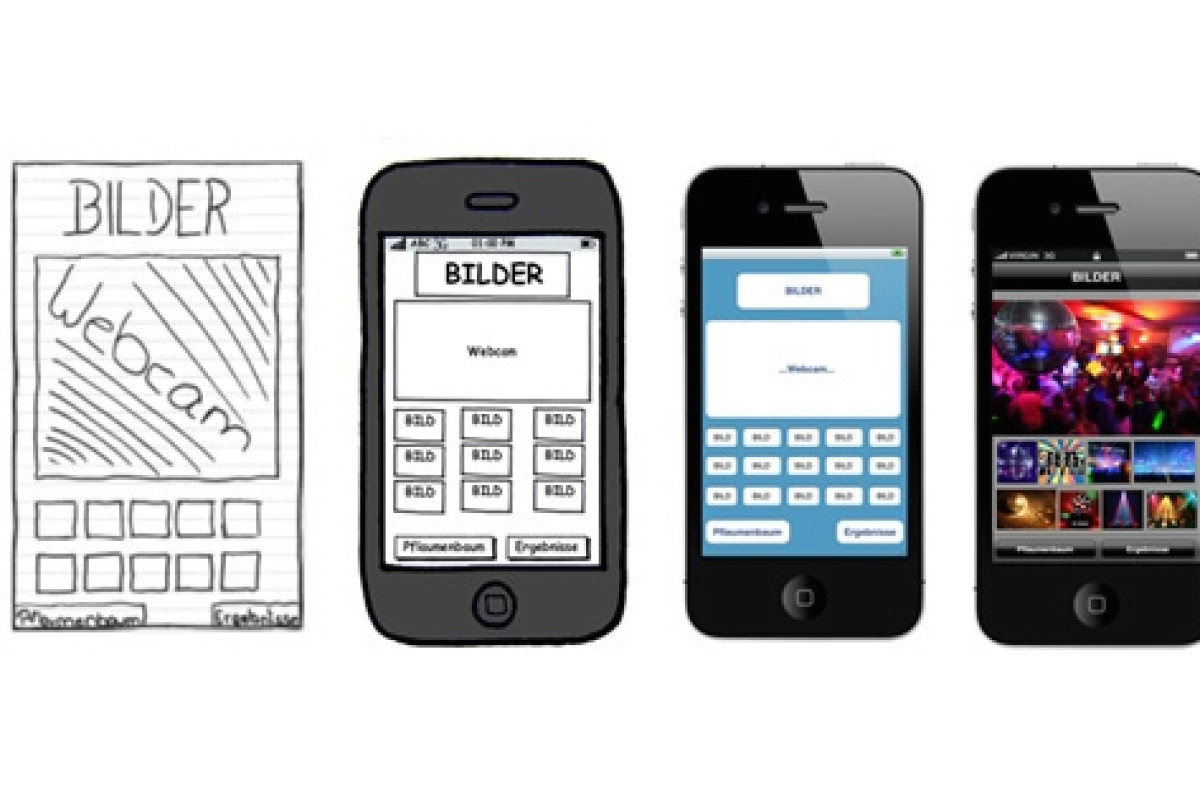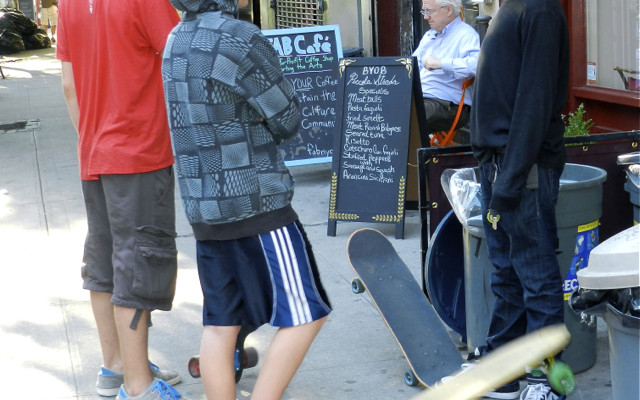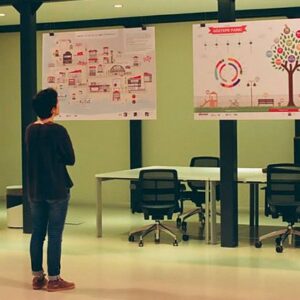Unpacking Design Thinking: Test
If you made it to the test space, you really do have a good grasp of design thinking.
Testing is the culmination of empathize–define–ideate–prototype spaces of design thinking. Problems have been framed and potential solutions prototyped but teams have not yet engaged in focused, real-life, real-time testing. The ultimate users are intimately involved in testing — they may take home a prototyped-product to use or participate in a simulation where they play roles.
Always prototype as if you know you’re right, but test as if you know you’re wrong — testing is the chance to refine your solutions and make them better.” — waag society for art, science & technology
The Hasso Plattner Design School (d. school) at Stanford University suggests three major reasons for testing.
- To refine prototypes and solutions by informing the next iteration of a prototype even if it means going back to the drawing board
- To accelerates the learning process by providing additional opportunities to learn about users often through deeper engagement and observation that yield totally unthought-of and unexpected insights.
- To reveal instances when individuals and teams failed to frame problems correctly, which may invalidate favored solutions.
Testing is a user experience — not a response to predetermined questions. It is crucial ensure that potential users of a product, experience or system interpret the prototype without explicit guidance. Observing reactions provide data for evaluation of a particular prototype that may also reveal never-before articulated needs that design thinkers may have to address in order to find the most appropriate or “right” solution to a problem or challenge.
For example, Kaiser Permanente used design thinking to lessen nursing shift changes from 40 minutes to 12 by involving nurses and practitioners in all spaces of design thinking culminating in testing system prototypes in real hospital wards.
That is the beauty of an approach that considers constant re-thinking based on feedback. Iteration may be messy and take a bit more time than top-down decision making, but the ultimate product, experience or system actually will be used by satisfied consumers, be they teachers with a new curriculum, museums with interactive exhibits, or health care providers in developing countries with streamlined diagnostic services.














No Comments Yet!
You can be first to comment this post!